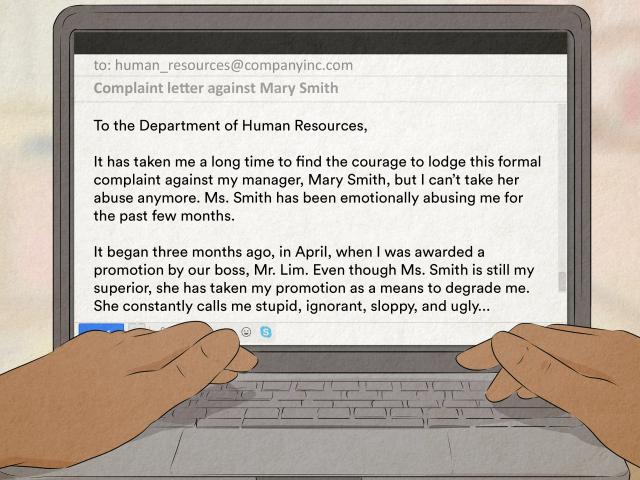As the world continues to become more conscious of its environmental footprint, e-commerce businesses are facing increasing pressure to adopt sustainable practices. From eco-friendly packaging to carbon-neutral shipping, sustainability is no longer just a trend but a vital part of a company's brand image and operational strategy. Let's explore how sustainable eCommerce is transforming the industry and the key strategies that businesses can implement to stay ahead.
1. Why Sustainability Matters in E-commerce
Sustainability isn't just a buzzword; it's a growing expectation among consumers. In fact, many buyers today actively seek out brands that prioritize the environment. This shift in consumer behavior has led to a surge in demand for products that are not only high-quality but also ethically sourced and sustainably delivered. E-commerce brands that embrace sustainability are positioning themselves as forward-thinking and responsible, gaining customer loyalty and setting themselves apart from competitors.
According to a survey by Statista, over 60% of consumers say they are willing to pay more for sustainable products. This statistic highlights the potential for businesses to not only do good for the planet but also increase their profit margins by appealing to environmentally conscious shoppers.
2. Eco-Friendly Packaging Solutions
One of the simplest and most effective ways for e-commerce businesses to become more sustainable is by switching to eco-friendly packaging. Traditional packaging materials like plastic and Styrofoam are major contributors to pollution, and their environmental impact is well-documented. Fortunately, there are plenty of alternatives that offer similar protection for products without harming the planet.
Some options include:
- Biodegradable Packaging: Materials that naturally break down in the environment, such as paper, cornstarch, and mushroom-based packaging.
- Recyclable Packaging: Ensuring that packaging can be easily recycled by consumers.
- Reusable Packaging: Using materials that customers can repurpose or return for reuse.
Choosing the right eco-friendly packaging not only reduces waste but also sends a strong message to your customers about your commitment to sustainability.
3. Carbon-Neutral Shipping
Shipping is a core part of any e-commerce business, but it’s also one of the most significant contributors to carbon emissions. Adopting carbon-neutral shipping practices is a powerful way to minimize your e-commerce business's environmental footprint.
Several shipping carriers now offer carbon offset programs, allowing businesses to invest in environmental projects to compensate for the emissions produced during shipping. Additionally, localizing your supply chain and offering more eco-friendly delivery options, like bicycle couriers for last-mile delivery, can further reduce emissions.
4. Energy-Efficient Operations
Beyond shipping, the very operations of an e-commerce business—especially those that involve warehousing, servers, and office spaces—can consume vast amounts of energy. There are numerous ways to reduce energy consumption and boost sustainability:
- Switch to Renewable Energy: Opt for wind, solar, or other renewable energy sources to power your offices and warehouses.
- Eco-Friendly Warehousing: Implement energy-efficient lighting, heating, and cooling systems in warehouses. Consider automated systems that optimize energy use based on demand.
- Optimize Your Website: E-commerce websites require servers that consume energy. Reducing website load times, compressing images, and opting for green web hosting services can reduce your site's carbon footprint.
5. Ethical and Sustainable Sourcing
Another significant part of running a sustainable e-commerce business is ensuring that the products you sell are sourced ethically and sustainably. Consumers are increasingly concerned with where their products come from and how they are made. This means that transparency in your supply chain is crucial.
To meet these demands, businesses can:
- Source Fair Trade Products: Products that are made with fair wages and working conditions, particularly in developing countries.
- Support Local Suppliers: Reducing the need for long-distance shipping can significantly cut down on carbon emissions.
- Use Sustainable Materials: Whether you're selling apparel, home goods, or electronics, opting for materials that have a lower environmental impact is essential.
6. The Role of Consumer Education
Many consumers want to make sustainable choices but don't always know how. E-commerce businesses can play an important role in educating their audience. This could be through transparent product descriptions that highlight sustainability features, blog posts (like this one), or dedicated sections on your website explaining your eco-friendly practices.
By helping customers understand how their purchasing decisions impact the planet, you not only empower them to make more conscious choices but also build a deeper connection with your brand.
Conclusion
Sustainability in e-commerce is no longer optional—it’s a necessary shift that benefits both businesses and the planet. By adopting sustainable practices such as eco-friendly packaging, carbon-neutral shipping, and energy-efficient operations, your e-commerce business can reduce its environmental impact while appealing to the growing number of eco-conscious consumers. Start small, educate your audience, and make sustainability a key part of your brand's DNA.
The future of e-commerce is green—will your business be part of it?
















